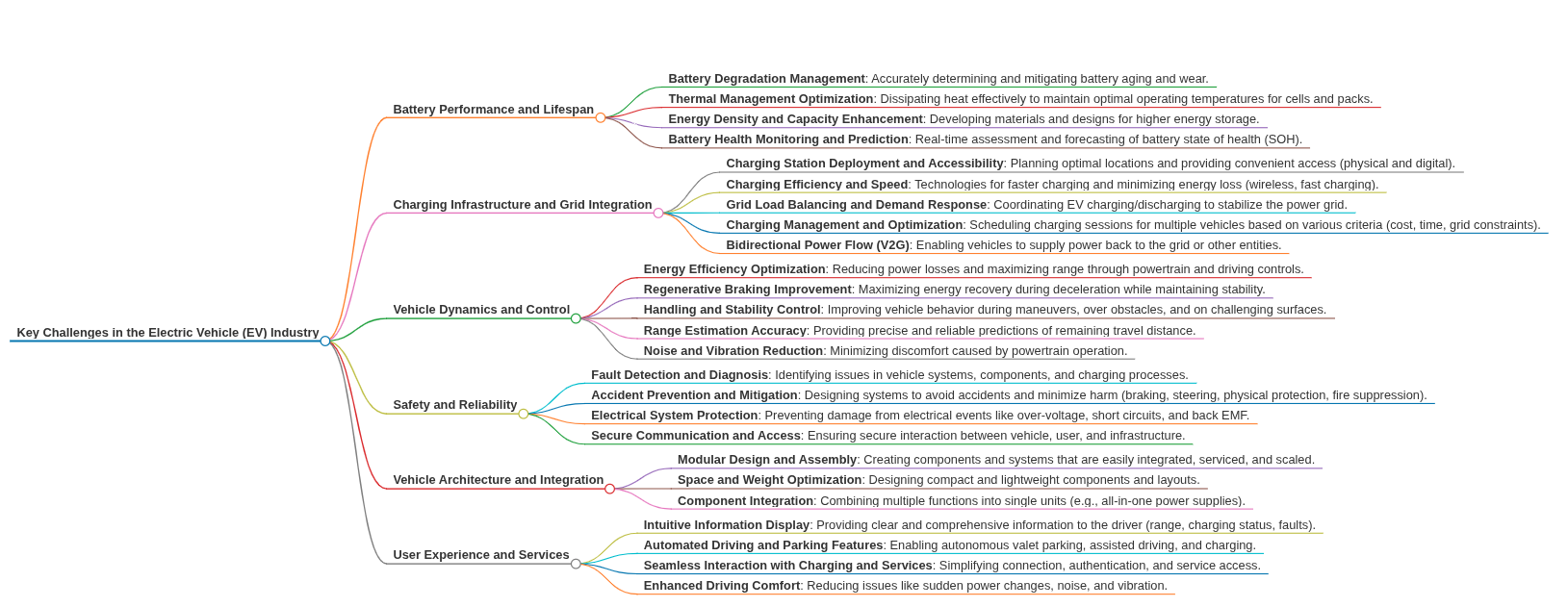EV Batteries with Titanium Anodes
Lithium titanate oxide (LTO) anodes represent a critical advancement in EV battery design, offering cycle life advantages and thermal stability compared to graphite. However, their energy density remains limited to around 165 mAh/g, while thermal management and gas generation during cycling present ongoing engineering challenges that affect battery longevity and safety.
The fundamental challenge lies in enhancing LTO's energy storage capacity while preserving its inherent safety advantages and long-term stability characteristics.
This page brings together solutions from recent research—including core-shell architectures with polymer coatings, nanotube morphology modifications, defect engineering approaches, and composite designs incorporating niobium-titanium oxides. These and other approaches focus on practical ways to improve specific capacity while managing gas evolution and thermal characteristics in real-world EV applications.
1. Lithium Titanate Anode with Fast Ion Conductor Coating and Aluminum Doping
TAIZHOU SHANNENG TECH CO LTD, TAIZHOU SHANNENG TECHNOLOGY CO LTD, 2023
Fast ion conductor modified lithium titanate anode material for lithium-ion batteries with improved rate performance and cycle life compared to conventional lithium titanate. The modification involves coating a fast ion conductor like aluminum lithium acid on the surface of nano-sized lithium titanate particles. This in-situ coating reduces side reactions and gas production during charging/discharging, improving stability and cycle life. The bulk doping of aluminum in lithium titanate also enhances ionic and electronic conductivity for better rate performance.
2. Core-Shell Titanium-Based Composite Material with Nano-Lithium Titanate Coating on Titanium Niobate Core
TAIZHOU FLASH ENERGY SCIENCE AND TECH LIMITED CO, TAIZHOU FLASH ENERGY SCIENCE AND TECHNOLOGY LIMITED CO, 2022
A core-shell structured titanium-based composite material for lithium-ion batteries that improves their performance compared to conventional titanium niobate anodes. The composite has a shell of nano-lithium titanate coated onto the inner core of titanium niobate. The composite has a specific surface area of 1-10 m2/g, median particle size of 4-5 um, and pH of 10-11. The composite composition is 50-65% titanium niobate, 35-50% lithium titanate. The method to make the composite involves sol-gel synthesis followed by solid-state reaction at 600-1000°C.
3. TiO2 Nanotube Array on Porous Titanium Foam for Lithium Metal Anode
Hefei University of Technology, HEFEI UNIVERSITY OF TECHNOLOGY, 2022
TiO2 nanotube array/foamed titanium lithium metal anode material for lithium-ion batteries that reduces dendrite growth and improves cycle life compared to conventional lithium metal anodes. The material is prepared by electrochemically growing TiO2 nanotubes on porous titanium foam, then infusing molten lithium into the nanotube array/foam composite. This provides a 3D framework for lithium to fill, limiting volume expansion and dendrite formation during cycling.
4. Composite Material of Lithium Titanium Oxide and Bismuth Titanium Oxide for Battery Anodes
SAMSUNG SDI CO LTD, 2017
A composite material for lithium battery anodes that improves performance compared to traditional carbon-based anodes. The composite contains lithium titanium oxide (LTO) and bismuth titanium oxide (BTO) mixed together. This composite anode active material provides higher capacity, rate capability, and cycle life compared to pure LTO or BTO anodes. It allows for reversible lithium intercalation between the two oxides, improving overall performance. The composite can be made by mixing lithium, titanium, and bismuth precursors, followed by heat treatment.
5. Doped Titanium Lithium Silicate Anode with Conductive Coating for Enhanced Electrochemical Performance
FUDAN UNIVERSITY, UNIV FUDAN, 2016
Titanium silicate-based lithium ion battery anode material with improved energy density, stable voltage platform, and long cycle life compared to graphite. The material is titanium lithium silicate (Li2TiSiO5) doped with other ions like lithium, yttrium, or aluminum. Coating the doped titanium silicate with conductive materials like carbon or metals improves electrochemical properties. The coating helps activate the insulating doped silicate during cycling. The coated doped titanium lithium silicate anode shows higher capacity, stable voltage, and better cycle performance compared to uncoated doped titanium silicate.
6. Mixed Phase Lithium Titanate and Nonstoichiometric Titanium Oxide Active Material for Lithium Titanate Batteries
KABUSHIKI KAISHA TOSHIBA, 2009
Active material for battery, manufacturing method, battery, and pack that overcome issues of gas generation and deformation when using carbon as a conductive agent in lithium titanate batteries. The active material is a mixed phase of lithium titanate and nonstoichiometric titanium oxide. The mixed phase forms during sintering of the lithium and titanium precursors. The nonstoichiometric titanium oxide provides conductivity without generating gas like carbon does. The mixed phase active material allows high current batteries without the carbon's issues.
7. Lithium Titanium Composite Oxide Particles with Controlled Pore Diameter for Negative Electrode Applications
KABUSHIKI KAISHA TOSHIBA, 2007
Negative electrode active material for lithium-ion batteries with improved cycling life, rate performance, and energy density. The material is lithium titanium composite oxide particles with an average pore diameter of 50-500 nm. This pore size range improves electrolyte impregnation by preventing clogging of the pores during cycling. It also enables better lithium ion access to the core of the particles. The composite oxide structure can be spinel lithium titanate with impurity phases like rutile titanate or lithium titanate.
Get Full Report
Access our comprehensive collection of 7 documents related to this technology
Identify Key Areas of Innovation in 2025

